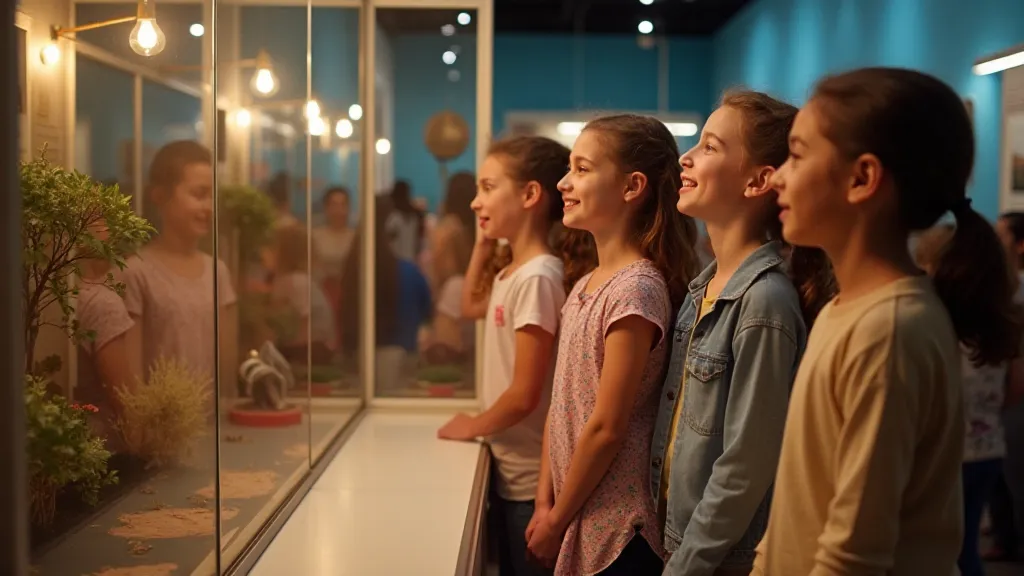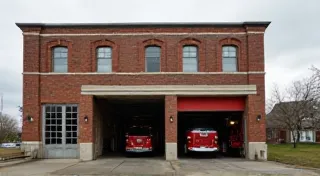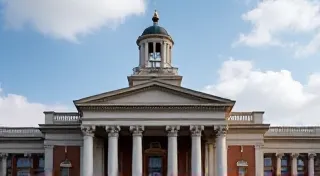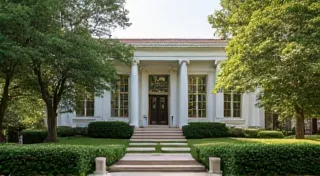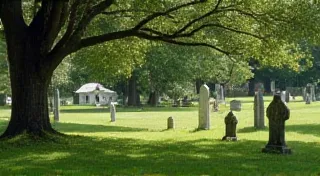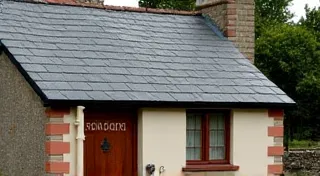The Regional Museum: Preserving the Region’s Story
The Regional Museum stands as a cornerstone of our community, a place where the echoes of the past resonate and the stories of our region come to life. More than just a building filled with artifacts, it’s a vital institution dedicated to preserving our cultural heritage and educating future generations. But what is the history of this important local landmark, and how has it evolved over time?
Early Beginnings: A Community’s Vision
The museum’s story began in the late 19th century, fueled by a growing awareness amongst local historians and community leaders of the need to document and protect the region's unique history. This period saw a burgeoning interest in local heritage, a desire to understand the forces that had shaped the landscape and the people who called it home. Simultaneously, public spaces designed for community gathering were being developed, places like the Workers' Hall, which served as hubs for civic engagement and the sharing of local narratives. Initially, collections were housed in various temporary locations, including the town hall and private homes. A dedicated group, "The Regional Historical Society," spearheaded the effort, tirelessly collecting donations of photographs, documents, and objects that told the story of our region's development. This early phase of collecting was often fueled by passionate individuals driven by a deep sense of community pride and a desire to ensure that the region's story wasn's lost to time. They understood the importance of preserving not only physical artifacts but also the oral histories and traditions that formed the backbone of the region’s identity.
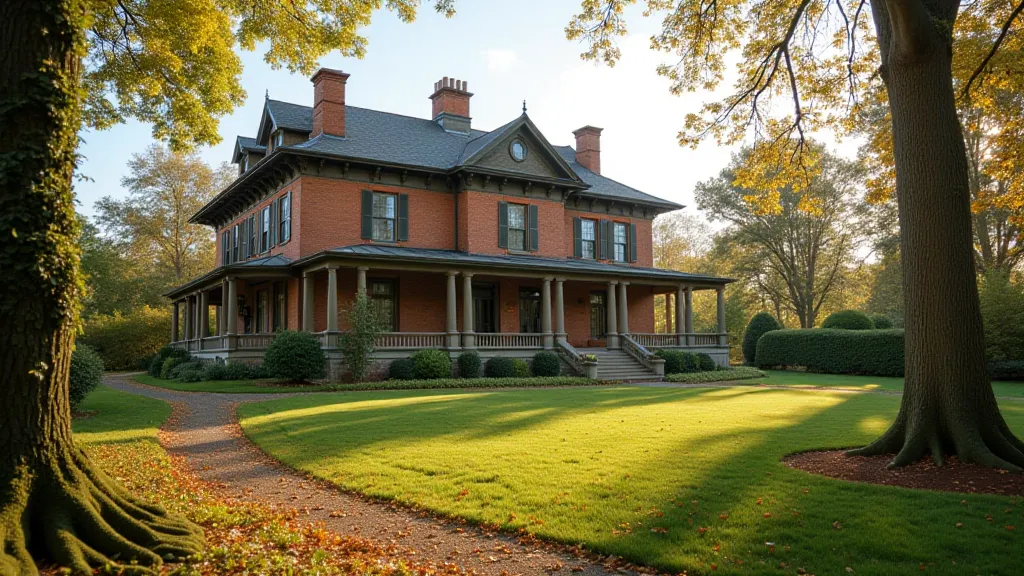
The Building Itself: A Testament to Architecture
The current museum building, a stunning example of Beaux-Arts architecture, was completed in 1928. Its construction was funded by a combination of private donations and a grant from the state. The architects, renowned local firm Davies & Blackwood, designed a structure that would not only house the growing collection but also serve as a lasting symbol of the region’s commitment to preserving its past. Key architectural features include ornate Corinthian columns, a grand staircase crafted from locally quarried stone, and intricate stained-glass windows depicting scenes from the region's history. The building’s design reflects the values and aesthetic preferences of the era, drawing inspiration from classical European architecture but incorporating elements that spoke to the unique character of the region. The meticulous attention to detail and the use of high-quality materials were intended to convey a sense of permanence and importance, ensuring that the museum would stand as a testament to the region’s enduring legacy. The design choices themselves tell a story, reflecting the aspirations and values of the community that built it.
Expanding the Collection: Telling a Broader Narrative
Over the decades, the museum’s collection has expanded significantly, reflecting a broadened understanding of what constitutes "regional history." Initially focused on the region’s industrial development and early settlement, the collection now includes exhibits that explore the lives of indigenous populations, the experiences of immigrant communities, and the impact of environmental change. This shift in focus reflected a growing awareness of the importance of inclusivity and a desire to tell a more complete and nuanced story of the region's past. This effort often involved reaching out to underrepresented communities and actively soliciting their contributions to the collection. Alongside material culture, the importance of documentation grew, mirroring the rise of institutions dedicated to knowledge preservation, such as the Blackwood Library, which housed invaluable records and provided resources for historical research. Significant acquisitions include a collection of antique tools used in the region’s burgeoning mining industry, a series of portraits of local pioneers who shaped the region’s early development, and a detailed collection of historical maps illustrating the changing landscape over time. The acquisition of these artifacts wasn't merely about adding objects to a display; it was about acquiring pieces of the region's narrative, each one offering a unique perspective on the past.
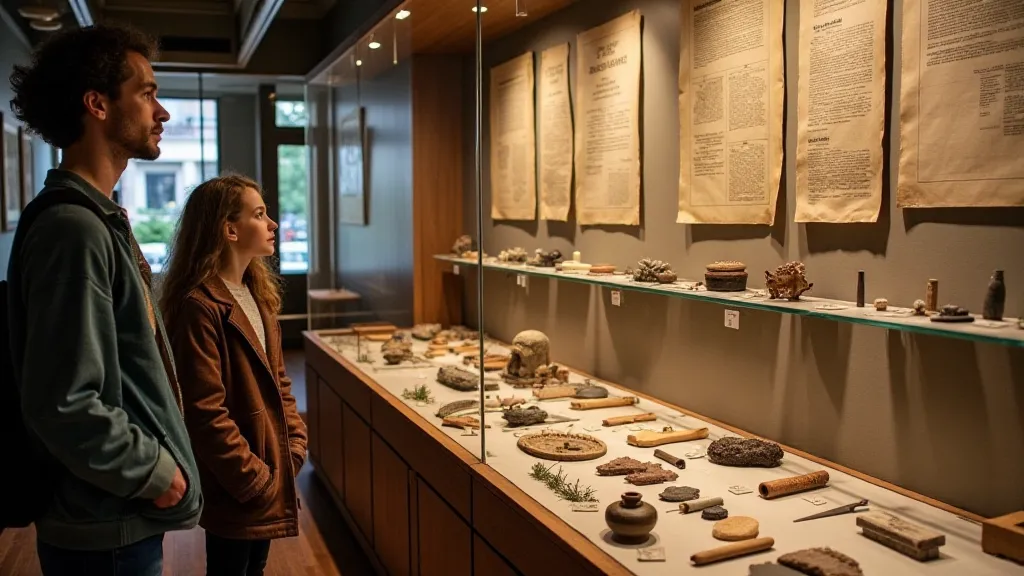
Connecting the Region: Transportation and Trade
The story of our region is inextricably linked to its ability to connect with the wider world. Early transportation networks, particularly the railway lines, played a crucial role in facilitating trade, communication, and the movement of people. The Railway Station wasn't just a point of arrival and departure; it was a symbol of progress and a catalyst for economic growth. Exhibits now explore the vital role these transportation links played in shaping the region's identity and fostering connections with distant communities. Stories of the people who worked on the railway – the engineers, the conductors, the signalmen – are interwoven with tales of the goods that were transported and the lives that were transformed.
The Museum Today: Education and Engagement
Today, the Regional Museum plays a vital role in the community, offering a wide range of programs and services for visitors of all ages. Guided tours, lectures, workshops, and special exhibitions provide opportunities for learning and engagement. The museum’s educational programs extend beyond the walls of the building, with outreach initiatives designed to bring history to schools, community centers, and even outdoor settings. These programs aren't just about imparting facts and figures; they’re about sparking curiosity, fostering critical thinking, and inspiring a deeper appreciation for the region’s heritage. The museum’s commitment to education is demonstrated by its partnerships with local schools and community organizations. Recognizing that preserving history is not just the responsibility of institutions but a shared endeavor, the museum actively encourages community participation in its activities. It strives to create an inclusive and welcoming environment for all, ensuring that the stories of our region are accessible to everyone. Volunteer opportunities abound, allowing residents of all ages to contribute their time and talents to the museum’s mission.
Preserving the Landscape: A Botanical Perspective
The region's history is intertwined with its natural environment. Early settlers relied on the land for sustenance and resources, shaping the landscape through agriculture and industry. The development of a structured approach to cultivating beauty and managing natural resources is exemplified by the elegance of the Victorian Greenhouse, a testament to the community’s appreciation for botany and sustainable practices. Exhibits now explore the changing landscape over time, highlighting the impact of human activities on the environment and the importance of conservation. Oral histories from long-time residents paint a vivid picture of the region's natural heritage, offering valuable insights into the traditional ecological knowledge that has been passed down through generations.
Looking to the Future: Preservation and Innovation
The Regional Museum faces the ongoing challenge of balancing preservation with innovation. Digital archiving projects are underway to ensure the long-term accessibility of the collection. Recognizing the fragility of physical artifacts and the importance of safeguarding them for future generations, the museum is actively digitizing its collection, creating virtual replicas that can be accessed online. This initiative not only expands the museum's reach but also ensures that its treasures remain accessible even in the face of natural disasters or other unforeseen events. Efforts are also being made to update exhibits and programs to appeal to a wider audience, ensuring the museum remains a relevant and vibrant institution for generations to come. Interactive displays, augmented reality experiences, and online resources are being incorporated to engage visitors in new and exciting ways. The museum is also exploring ways to leverage technology to connect with audiences beyond the local community, creating virtual tours and online exhibitions that can be enjoyed from anywhere in the world. The future of the Regional Museum is intertwined with the community’s commitment to safeguarding its rich and complex history. Funding remains a critical challenge, requiring ongoing efforts to secure grants, solicit donations, and engage the community in supporting the museum's mission. The ongoing success of the museum depends on a collaborative effort, bringing together historians, educators, community members, and local businesses to ensure that the region's story continues to be told for generations to come.
